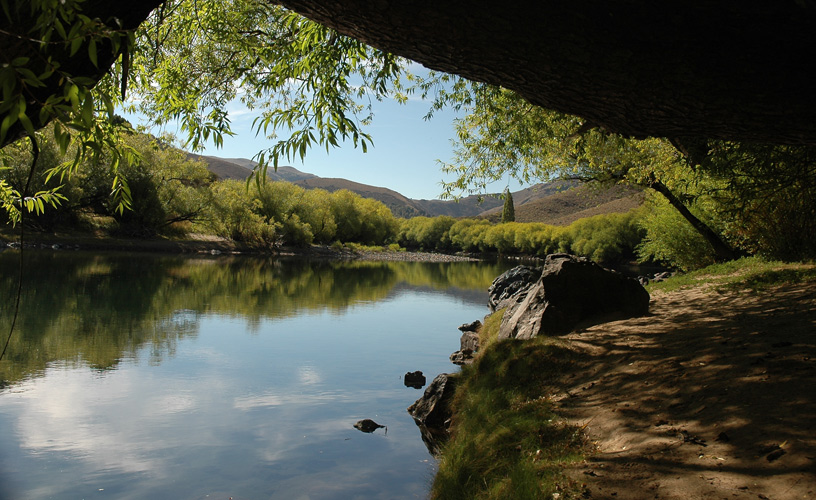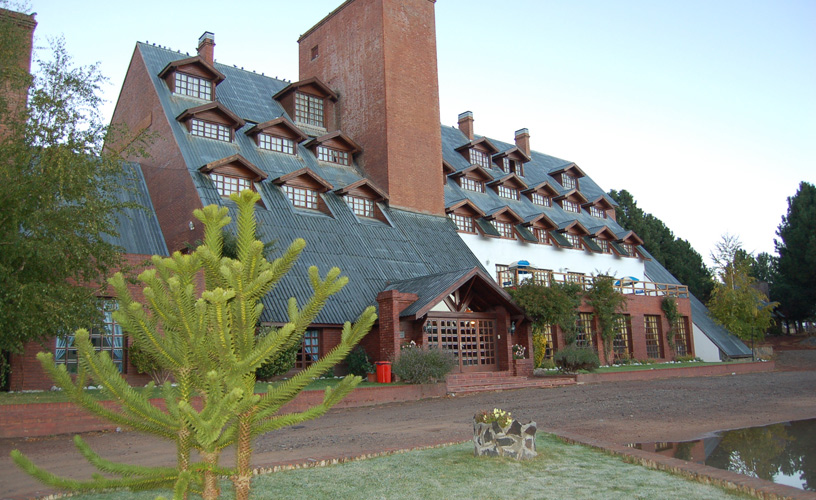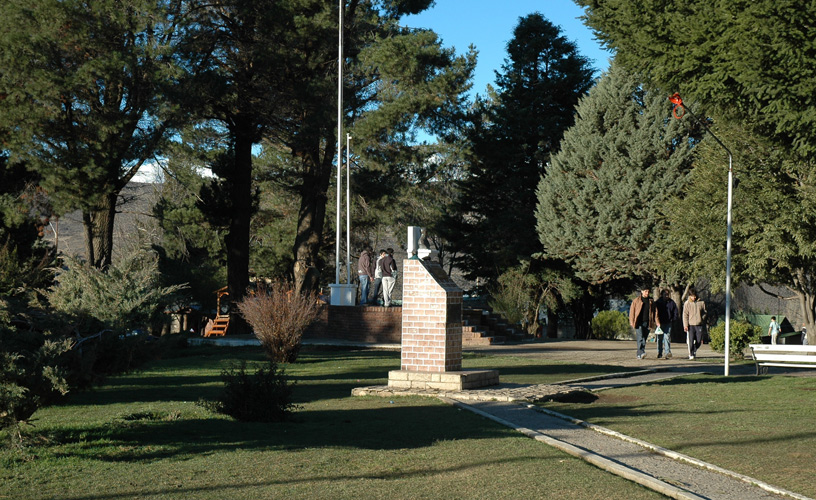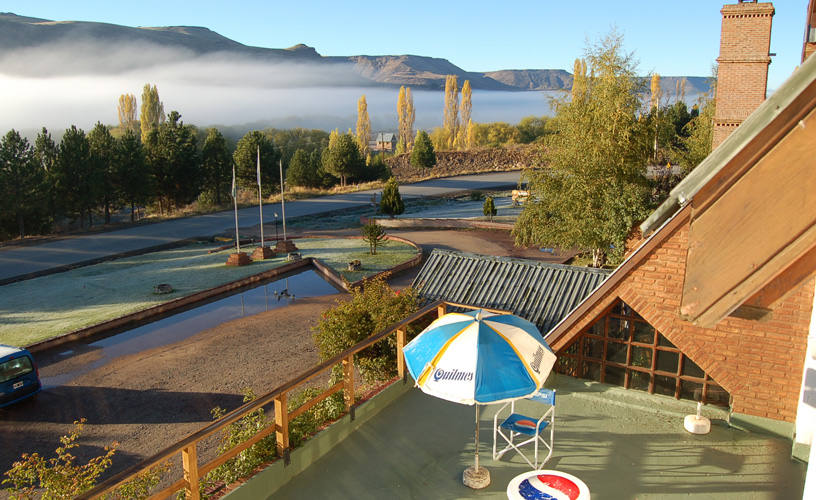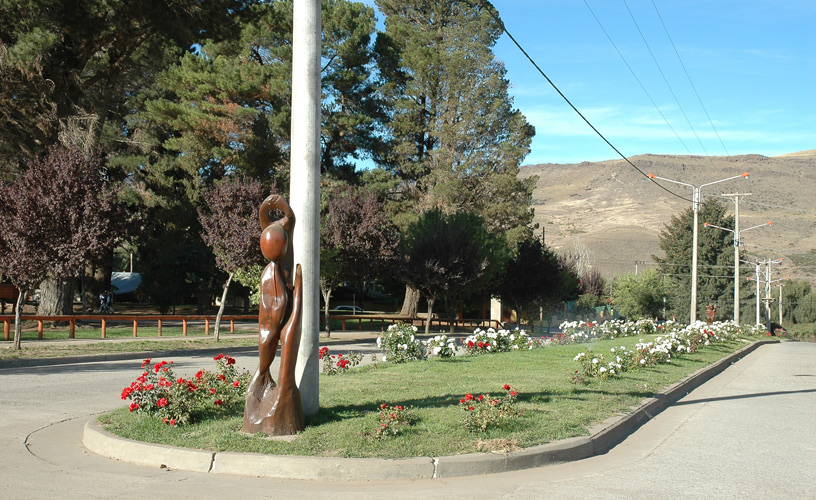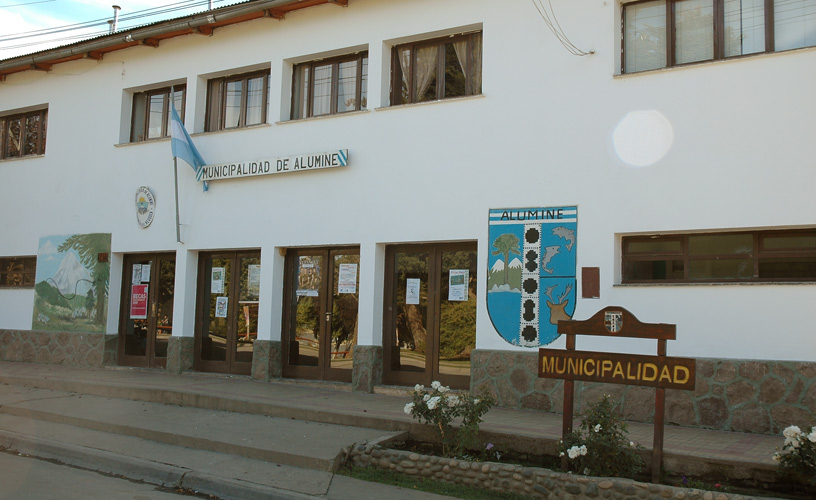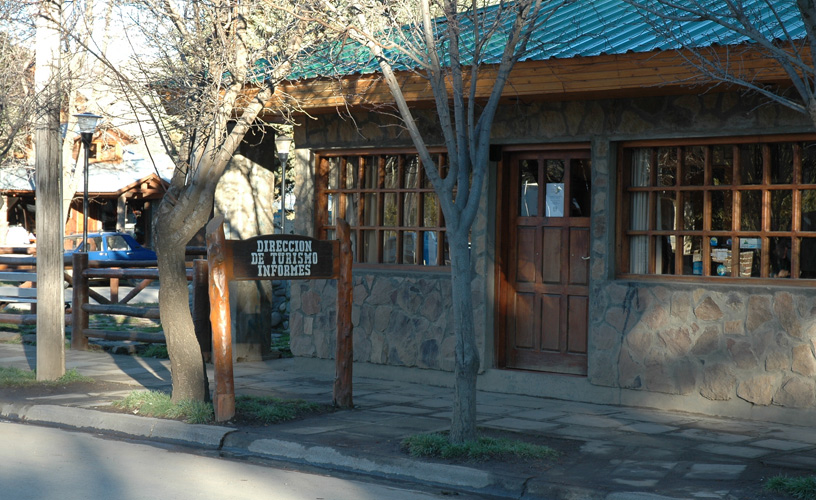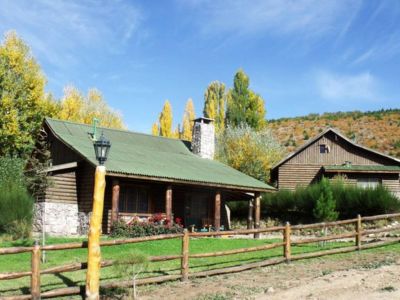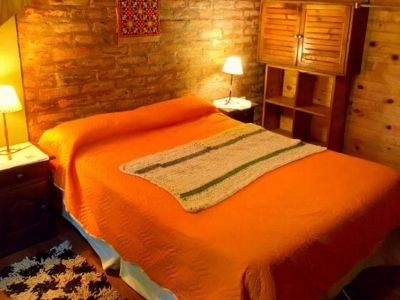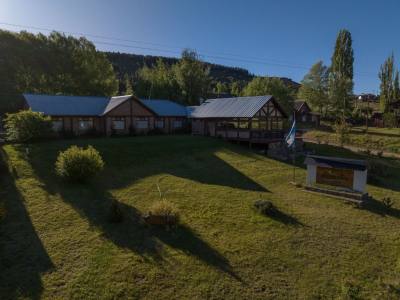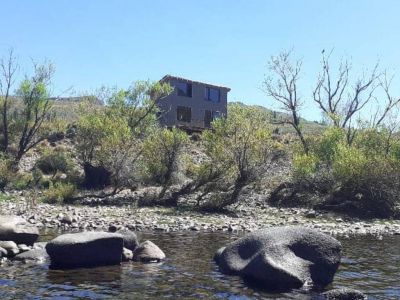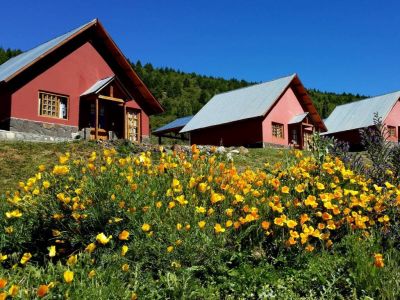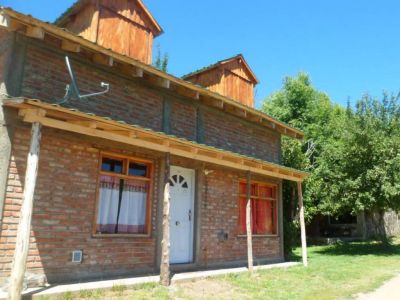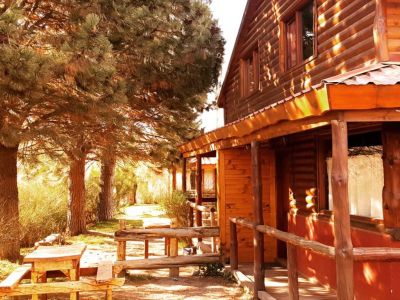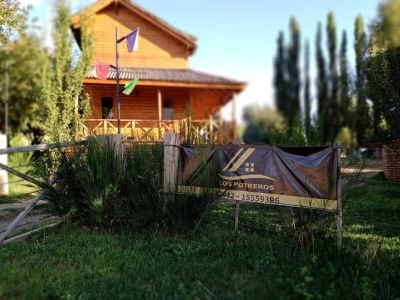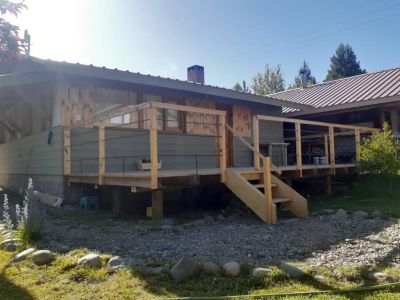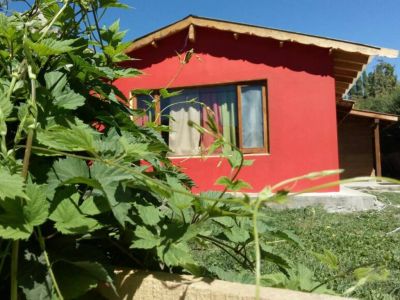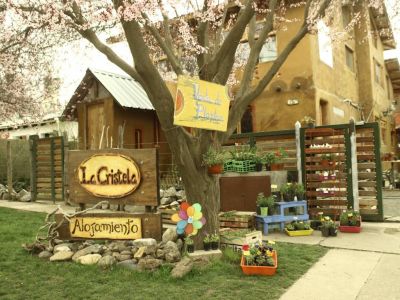Located in an area of breathtaking natural beauty, surrounded by rivers and pristine lakes, Aluminé is a popular destination throughout the year.
It is a typical town of the Province of Neuquén: irregular urban layout, broad streets and tree-lined squares. Only a few streets downtown are paved, the rest are gravel, some of them quite steep.
River Aluminé, a few blocks from the town center, is the main attraction. Its emerald green water and meandering shoreline provide unique municipal bathing areas, and a dedicated campsite. Its banks offer cool shelter on hot summer days.
The civic center grew around Plaza San Martín: the Town Hall, the Office of the Justice of the Peace, the Police Station and the Town Council as well as the Bus Station and Community Radio are located there.
A Peaceful Town in the Andes
We went along Cristian Joubert St. up to Cuatro de Caballería Ave. to visit María Auxiliadora Church. Built in 1940 following a Latin cross layout, its walls are coated in local flagstone. It has a simple entrance portico and a bell tower with a cross to the left.
We returned to Joubert St. where Juan Benigar Popular Library, the town’s educational and cultural hub, is located. Added to its reading rooms, there are halls for educational and social activities. It is named after a Croatian scholar who, since his arrival in Argentina, devoted his life to the understanding of indigenous peoples and the improvement of their relationship with white settlers.
At Casa de la Cultura, on Olascoaga St., we saw a display of local hand-woven textiles and wood and clay crafts. We then decided to make a stop at a small square called Las Piedritas, a meeting point for local youth.
Moving away from the center, we went up a slope called Rahuecito, after the well known Rahue slope in Catan Lil, as they both provide spectacular views of rivers and mountain ranges. One of the best vantage points is on Cerro Tindiririca and another on the river, about 4 kilometers from Aluminé Bridge.
On the one hand, Aluminé offers unexplored territory and on the other, the opportunity to know townsfolk who honour their roots and share their popular celebrations.
Mónica Pons
Jorge González
Contact of the excursion or tour
Secretaría de Turismo Cultura y Deporte
C. Joubert 321, Aluminé, Neuquén, Agentina
Phone: +54 2942-496001
